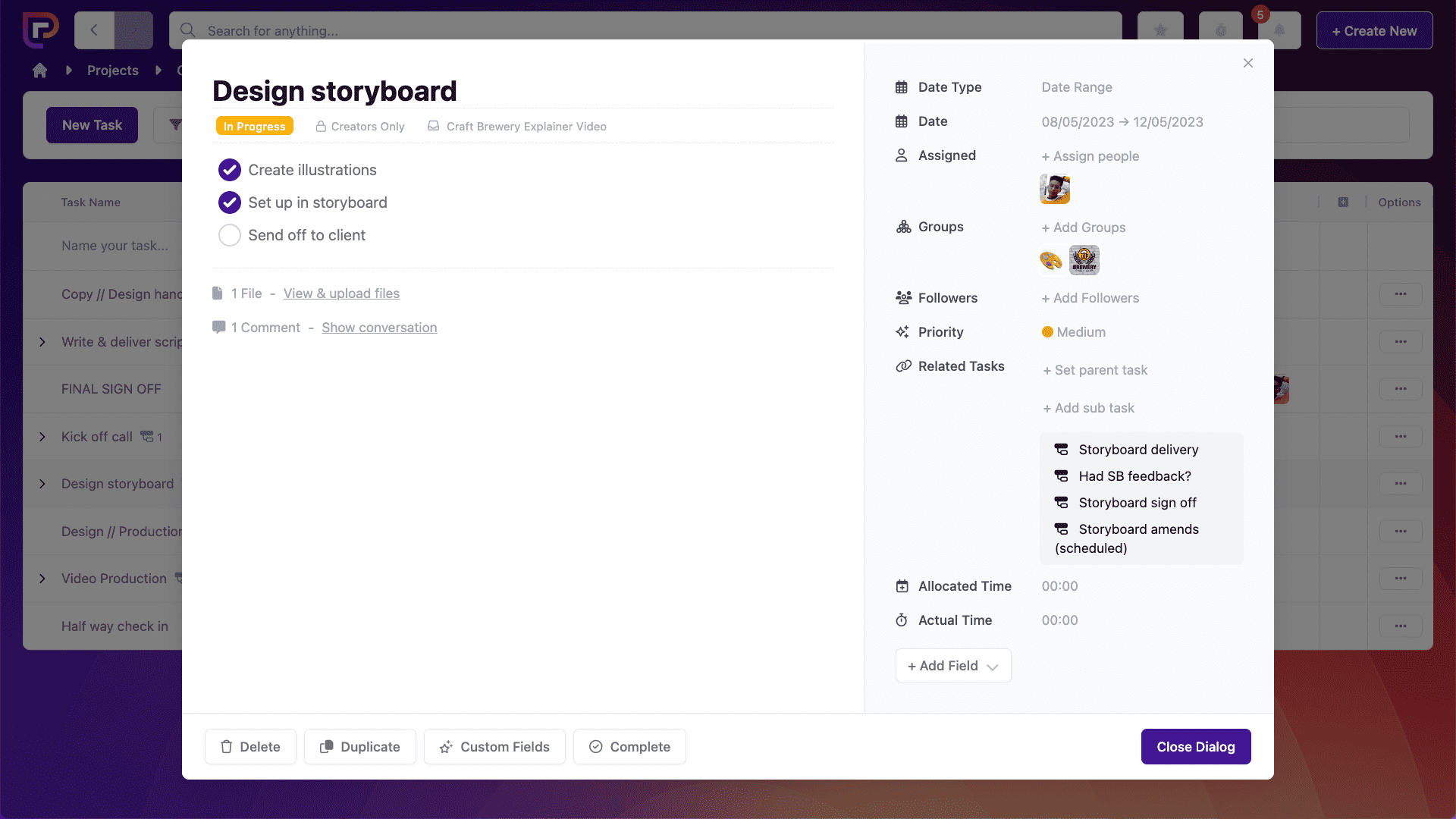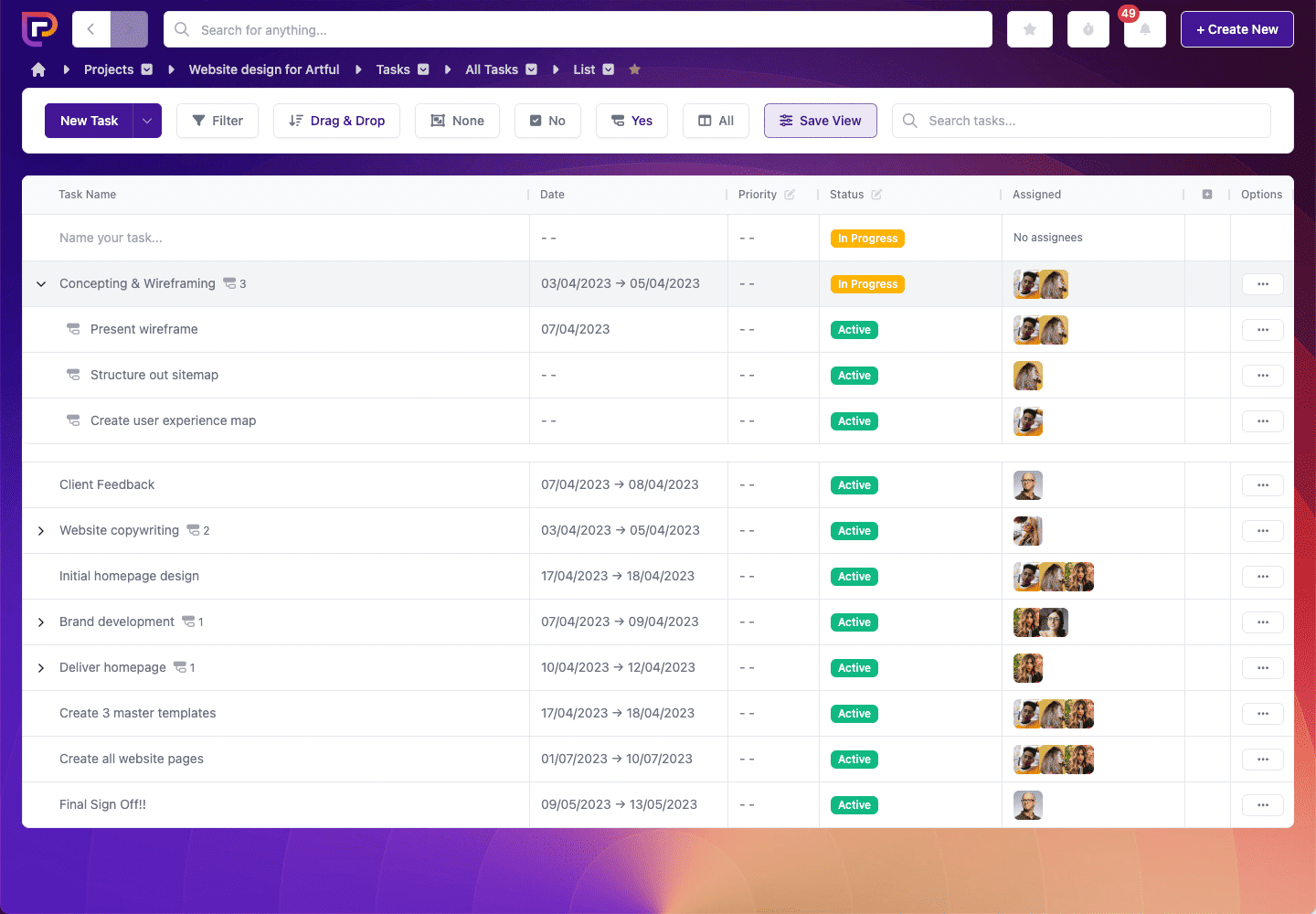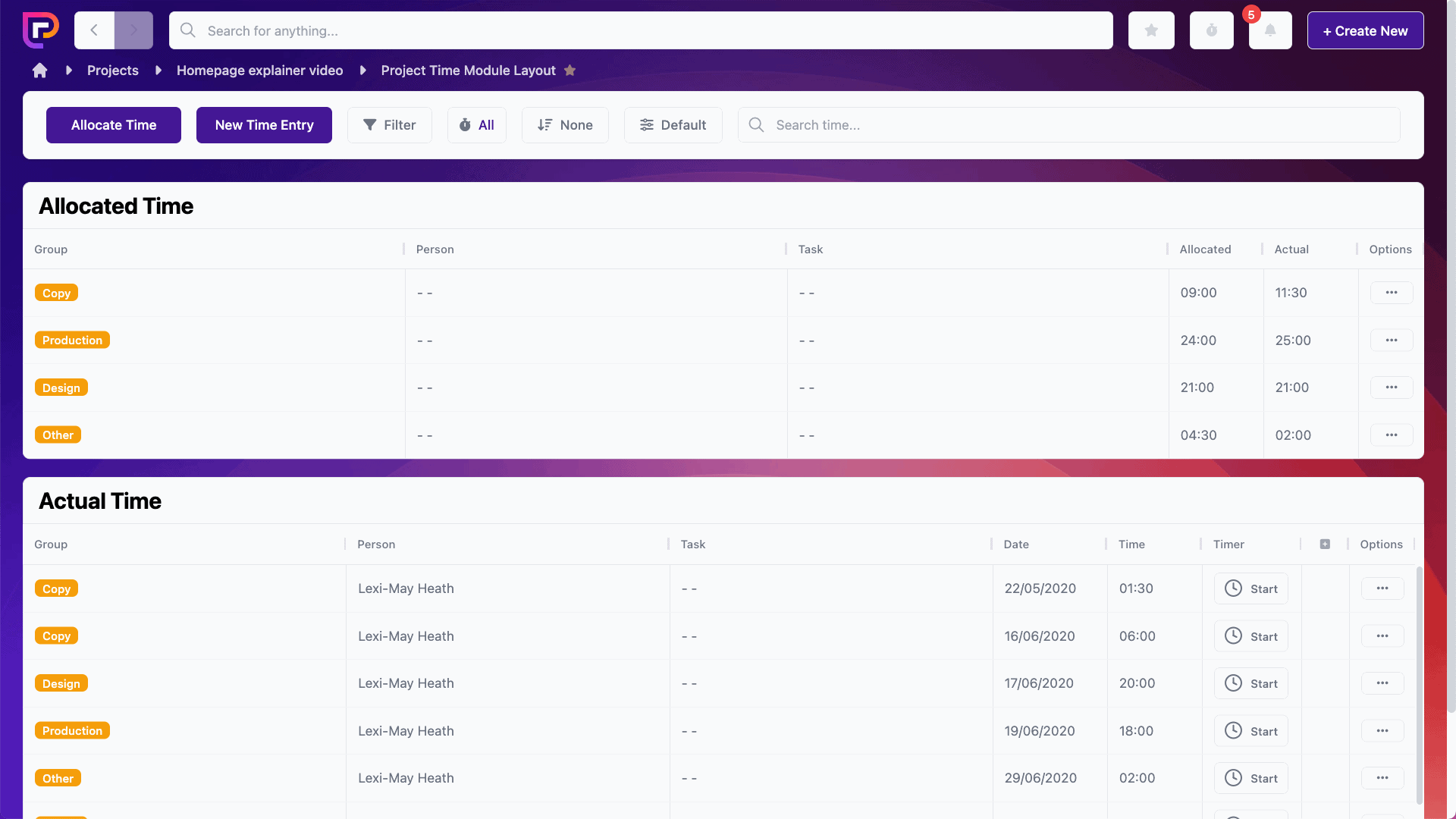Last updated on 19th June 2024
Overseeing a project all the way from planning to successful completion is rewarding.
However, let’s be honest, it can be a real journey!
But, every significant and successful journey in history has relied on successful project management.
From Edmund Hillary first reaching the top of Mount Everest in 1953 to the 1969 Moon landing, careful planning and management will have been at the forefront of their success.
In everyday project management there are lots of steps to take, planning to do and factors to consider.
Plus, there can be plenty of obstacles to overcome. So, to lend a helping hand, in this article, we’ll take a look at tips that’ll guide you on the smooth road to success…
1. Take your time before the first communication
When getting ready to talk to a client or a potential client for the first time, make sure you do your research.
This could be as simple as checking out their LinkedIn profile or their company website.
Doing so will help you to familiarise yourself with their personality and find any common ground you may have with them. This kind of information is useful to drop into conversation to help you build rapport.
You could ask them to fill in a questionnaire or something similar, like a brief document. This is particularly useful if you already know what the project is about, and need more information.
2. Schedule routine client communications
Consistent communication will help your clients keep the project in the forefront of their minds. So, developing a system of communications works well.
For example, at our sister company Wyzowl we chase for feedback – if we haven’t heard back from a client – every three days. Our clients, far from feeling overwhelmed by this, often remark that they appreciate our efficiency and organisation in helping to keep up the momentum of our projects.

This only works if everyone is consistent, so always make sure these guidelines are followed by your entire team.
3. Add a personal touch
It only takes a small amount of effort, but by personalising your messages to clients, you’ll create more of a friendly vibe. And in turn, a message they’ll want to reply to!
4. Create communication ‘standards’
Similar to what we covered above about setting timescales when communicating with clients. It’s also important to have set standards for your team to follow.
Creating clear or concise template messages that can be sent at certain stages of the project to clients is essential.
It’s especially important when it comes to talking about payments or signing something off, that the communications should always be the same.
But, as discussed above, make sure your team knows that these messages can be changed slightly and added to (to give them more personality) but that all the essential info in the template must be shared in the message to the client.
This helps to standardise the information you’re sharing to make sure your client isn’t left with important questions unanswered.
5. Promote communication and collaboration
If a team of people are encouraged to collaborate on work or provide feedback to each other they’ll be able to communicate better.
Team members should be given opportunities to ask questions, ask for help when they need it and use tools to collect information, feedback, and updates.
6. Have a ‘two way’ feedback system in place
In order to create a smooth working environment, it’s important that feedback isn’t just a one way thing. Team members should feel comfortable reviewing and providing feedback on each other’s work.
Encouraging two-way feedback is a sign of good communication in the workplace and it gives teams a chance to self-evaluate.
You can keep a written record of feedback via your project management system which can help increase overall communication and productivity.
Having important files and feedback recorded in a communal place eliminates this risk.
7. Create a task list
Now, a to-do list might not sound ground breaking, but it’s an essential thing to complete before any project can really get going.
Laying out all of the tasks that need doing before you begin can help you figure out the scope of the project.

If each task can also include notes, a timescale, and be assigned to a certain team member this will improve productivity.
8. Create task ‘milestones’
Determining the order that project tasks need to be completed in helps to create a real-time schedule.
Figuring out the most important tasks and/or the order they need to be completed in will give the project an accurate time frame.
9. Plan in advance
Forward planning can help to avoid any mishaps further down the line. So, taking a little extra time in the beginning can prove beneficial.
Make sure to allow time in the schedule for feedback from clients, delays and amendments, not just the actual project tasks.
10. Estimate budgets
Estimating budgets can be difficult. If you have the capacity, it may be beneficial to hire someone who has financial expertise to help you.
If not, there are some simple steps you can take. First, divide the project into parts and work out the cost of every part. Essentially when you add these together, you’ll be able to see how much a project will cost for you to complete.
Then you can charge correctly in order for you to make a profit. But, make sure to account for any hidden costs, such as any work you may have to outsource and extra materials or equipment.
11. Get agreement up front
Agree the project budget up front! That way, you’re only ever working within your means. This puts you in the best position possible and the client knows exactly what to expect from the get go.
Make sure to agree on a budget in writing, and let your client know as soon as possible if anything is likely to change. Keeping a record of anything related to cost, is a good idea in case any problems arise.
12. Project your time
Looking at yours and your team’s time as a ‘service’ will help you understand how to budget it correctly. Always think of your time as valuable, and don’t try to get something done quickly for the sake of it!
Work out how much time you expect a project to take, budget for it and work within those time frames.

Communicate this throughout your team and have this laid out for every stage of the project at the very beginning.
13. Block time out
Blocking out time will help you to stay on track with the project. This can be as simple as blocking out certain days, or you can even take it down to the hour. Whatever works for you!
Team communication will also benefit from this action. Team members who are going to be handed the project to work on next will know when to expect the project, and start blocking out their time.
14. Know the project…and the team!
Knowing your team’s strengths and weaknesses will help when allocating work. You can then properly assign individual (or a few) team members to different parts of the project.
Once you begin assigning tasks you can decide if you need further resources to get the work done on time, for example, bringing in freelancers to assist.
15. Determine risks up front
We’ve already touched on planning in advance and predicting risks, but this also affects team allocation.
If a project is delayed for example, will your team members’ schedules still be clear to work on this particular project?
16. Keep track and analyse
After a project it’s a good idea to keep track and analyse how your team performed. You can do this by looking at project hours, quality of work and also communication.
This can be beneficial for future projects and can help you allocate the best possible team for any future work.
Final thoughts
So, whether you’re heading to the moon or just need a place to help your team communicate, Project.co can help! With Project.co all the information for each project is kept in one place giving your team and clients a single source of truth. Get started today for free!




